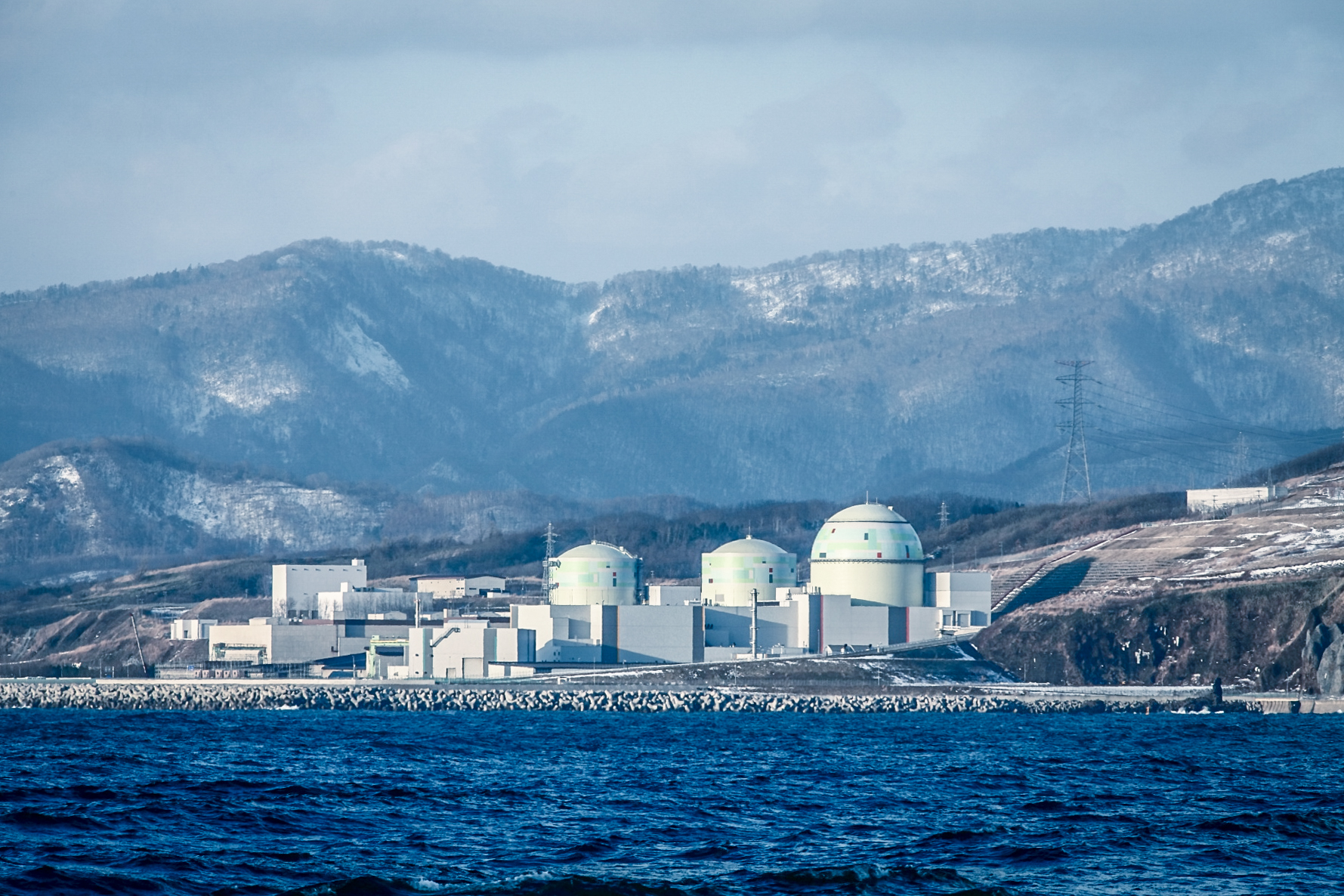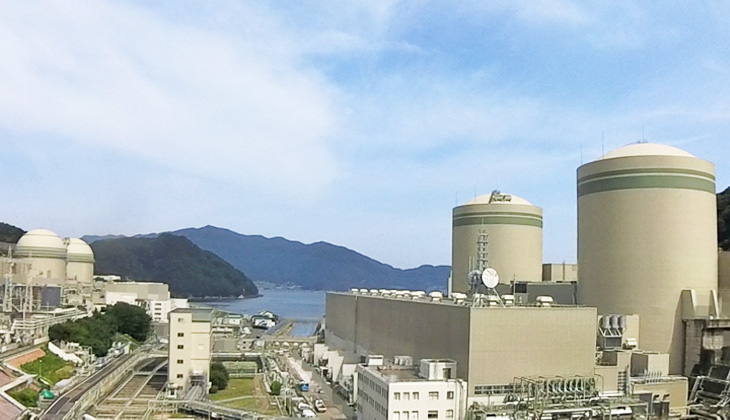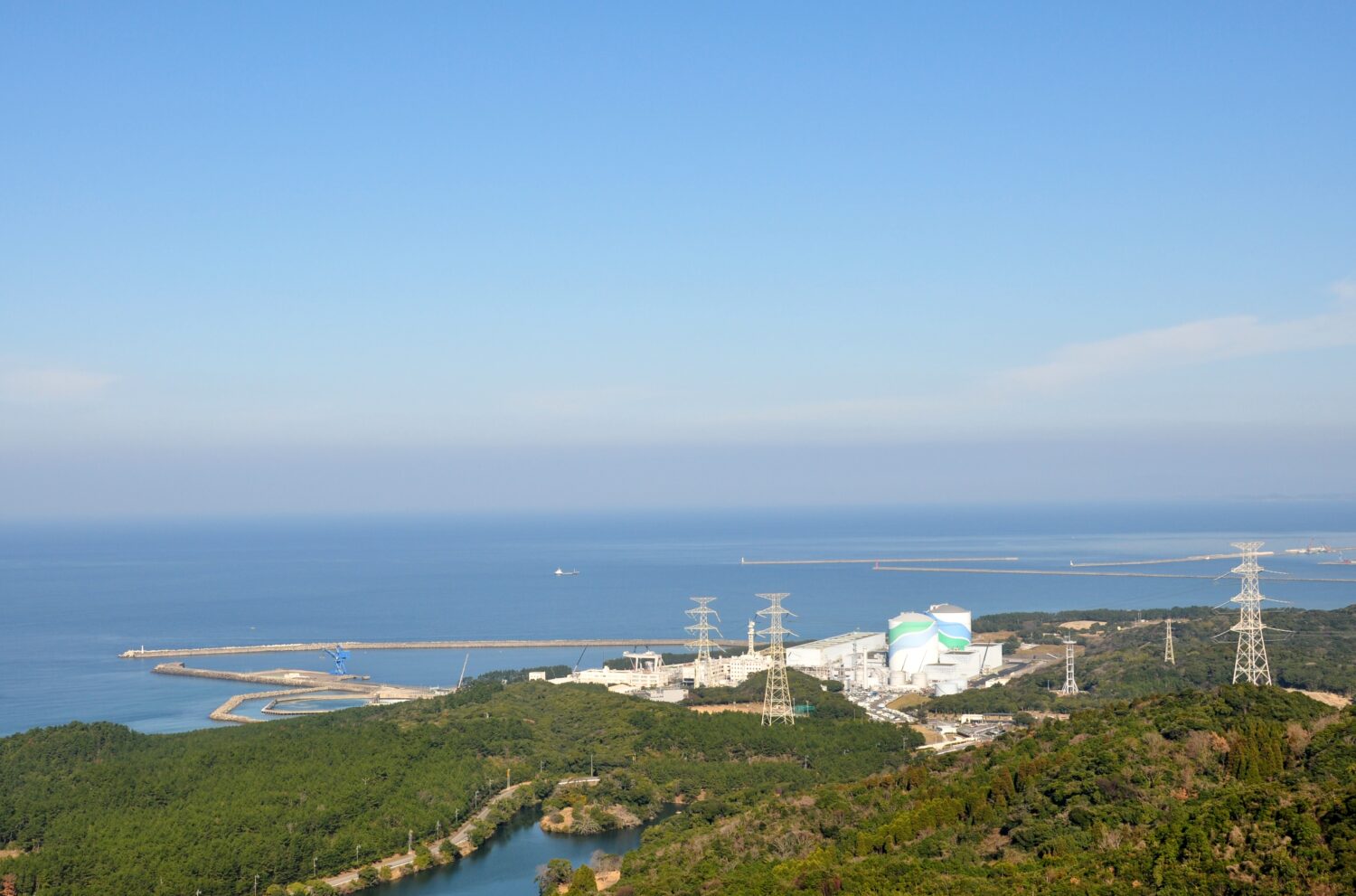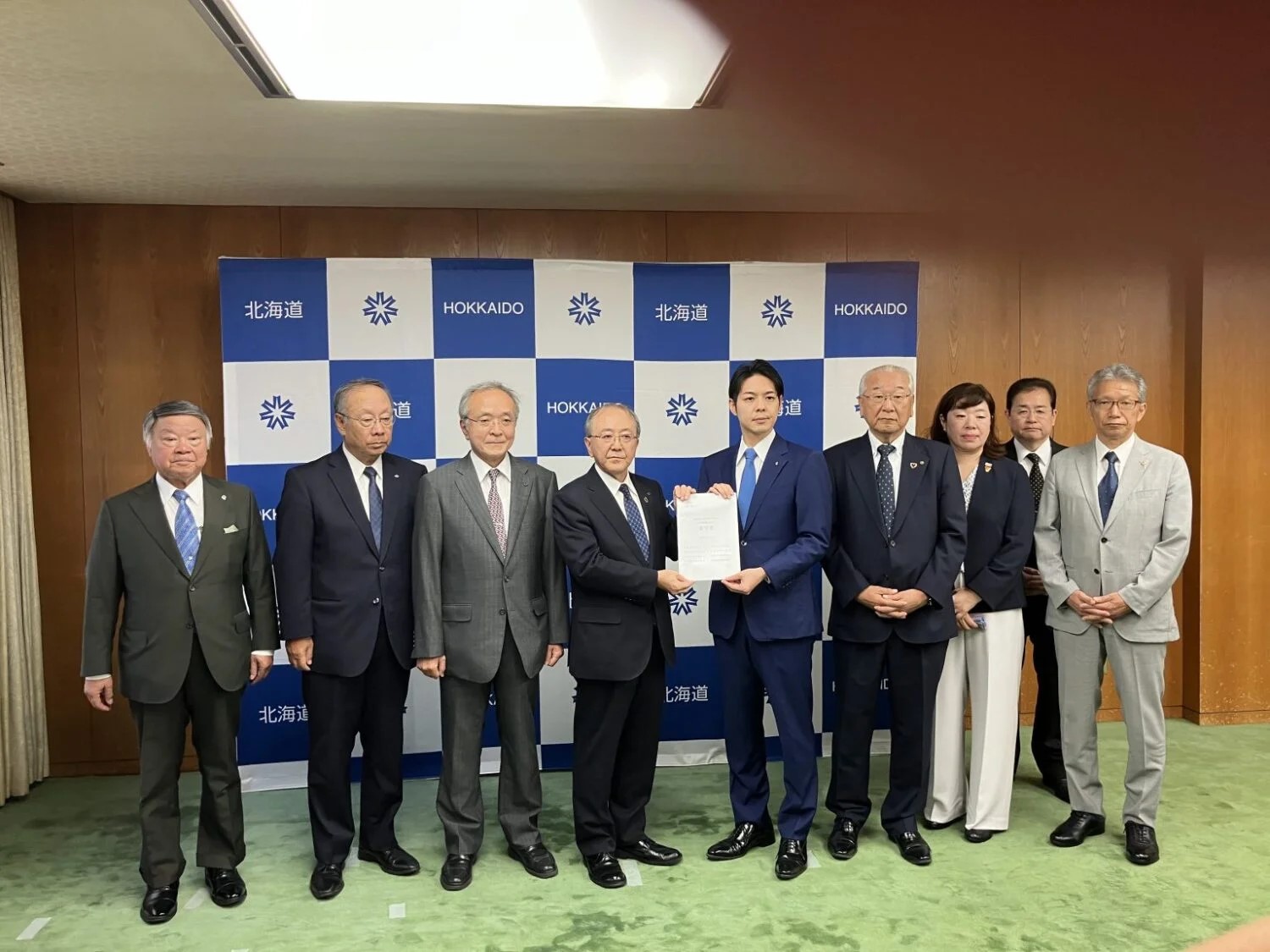Initial investigations at the site had already begun in 2010 but were suspended following the accident at Fukushima Daiichi in 2011. This marks the first geological survey conducted by a Japanese power company since that accident in connection with a potential new nuclear project.
On the same day, the company began bringing in equipment and materials for the work. As part of the first phase, preliminary investigations will begin with boring surveys on November 10, followed by surface geological mapping late next month. These activities—including boring surveys, seismic refraction testing, and surface reconnaissance—aim to assess geological features both inside and outside the plant premises, identify any faults with potential for future activity, and select the most favorable areas based on the overall geological profile.
The subsequent detailed investigation phase will focus on the selected areas to further examine topographical and geological conditions and determine whether they are suitable for reactor installation. This stage will include trial excavation, seismic exploration, bathymetric and topographic measurements, additional boring surveys, and seismic studies, all aimed at facilitating a smooth regulatory review process under Japan’s new safety standards.
Kansai Electric Power permanently shut down Mihama-1 and -2 in April 2015 and currently operates only Unit 3 (PWR, 826 MWe). The company is considering a possible replacement project within the same site, with the installation of a next-generation reactor among the options. The company stated that it will make future decisions comprehensively, taking into account the results of the geological survey, progress in the development of advanced light water reactors, regulatory policy trends, and the overall business environment for investment.
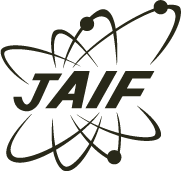

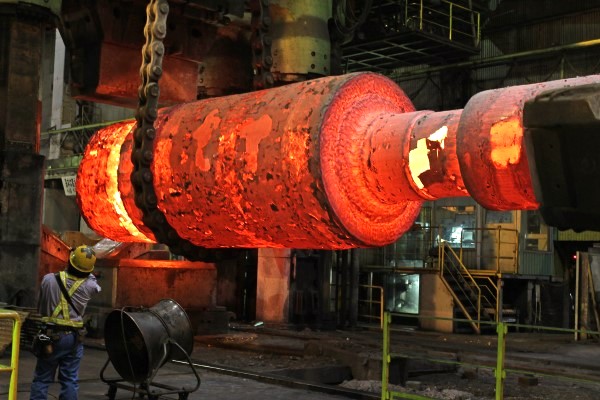









-049.jpg)
.jpg)

